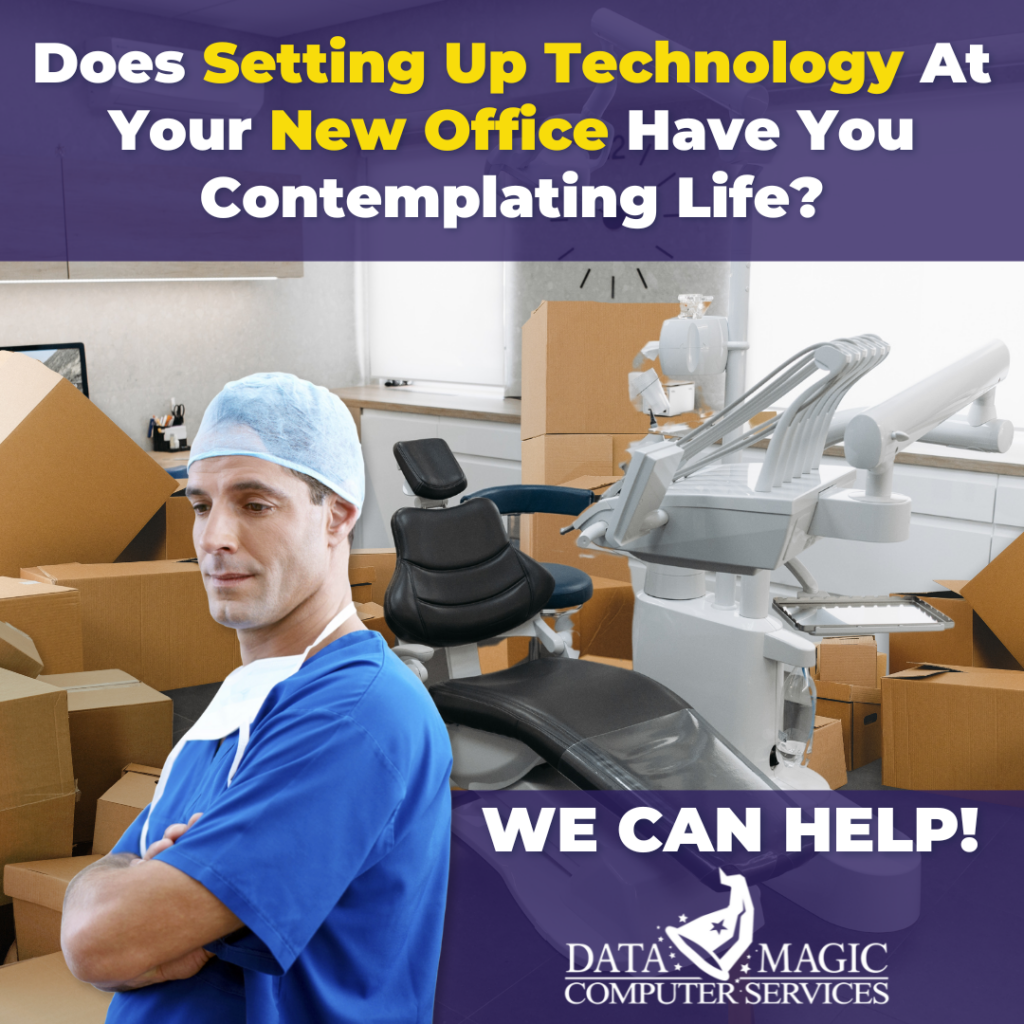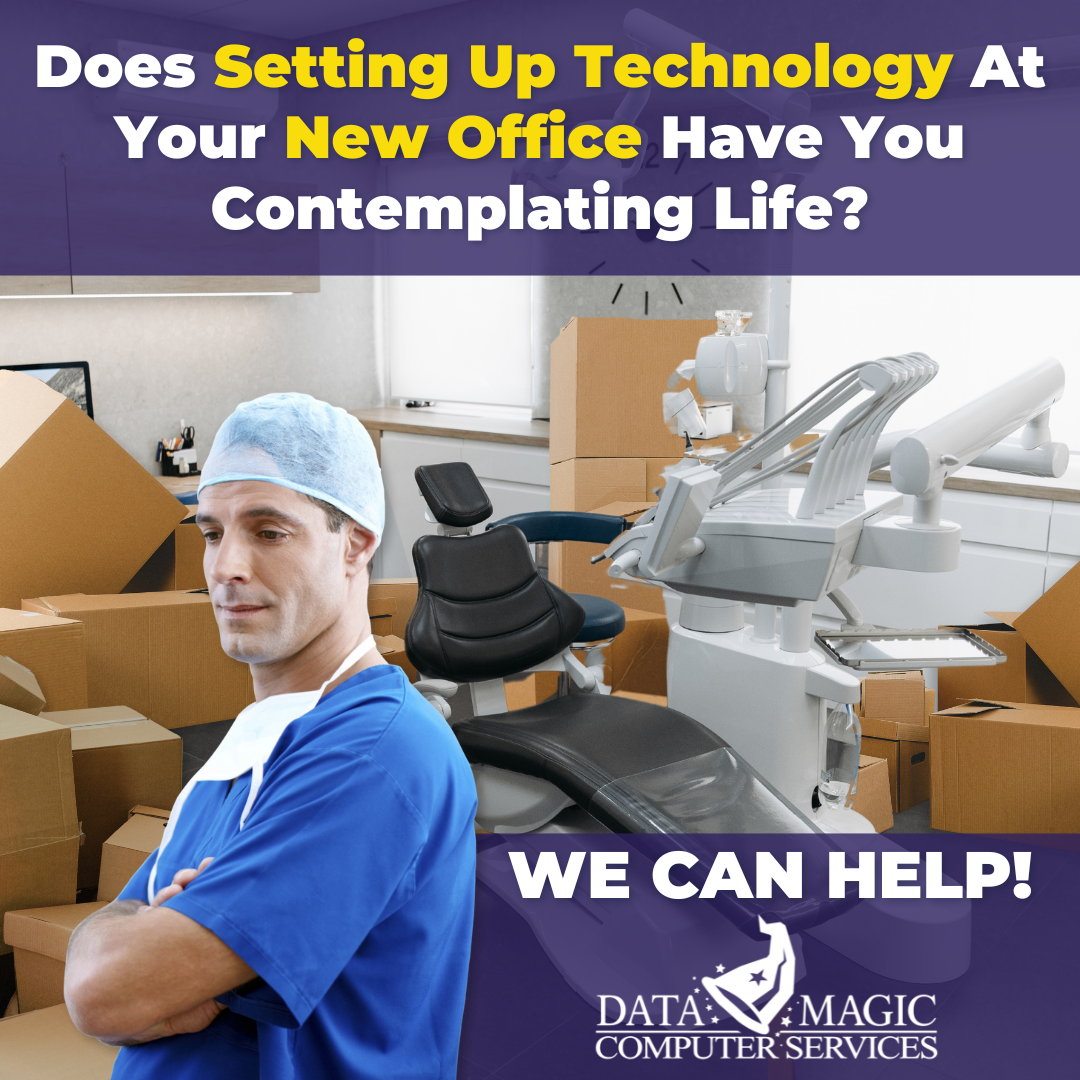Maximizing the Patient Experience with Top-Notch IT!

Table of Contents
Imagine yourself walking into a dental clinic as a patient. Do you notice the sleek, state-of-the-art space immediately, or how effortlessly your device latches onto their swift Wi-Fi? This is the seamless experience provided by top-notch IT. On the other hand, you might encounter a space that whisks you back to the ’90s with its obsolete computers and unreliable internet connection.
The choice between these contrasting experiences is clear when considering where you’d prefer future appointments. It underscores the vital truth: the caliber of technology within your dental office is instrumental in forming patient impressions. A practice equipped with top-notch IT not only exudes professionalism but also assures a more streamlined and effective patient journey. On the flip side, outdated tech might turn new patients away even before they have the chance to be impressed by your dental expertise.
Why Modern Tech Matters in Dental Practices
Initial perceptions are crucial, especially in dentistry, where the tech in your office contributes significantly to that initial encounter. An office outfitted with sleek, advanced technology communicates to patients that you lead the pack in dental treatment, offering state-of-the-art care and unparalleled efficiency. This transcends mere aesthetics; it’s about delivering exceptional care and convenience that goes beyond what’s anticipated.
Conversely, the presence of obsolete technology can serve as a stark warning to prospective patients. Disheveled wires and antiquated equipment may suggest that your practice is not on par with current dental technological standards, prompting patients to question what other areas might be deficient.
The Real Cost of “Bad IT”
Bad IT impacts more than just the image of your practice; it also affects your productivity and financial bottom line. Consider a scenario where your patient portal goes down for just thirty minutes. While it might seem trivial, this disruption halts scheduling and communication entirely. Conservatively estimating, this could cost $60 in direct employee costs and lost productivity. Multiply this by five employees, and you’re looking at a $300 loss in just half an hour.
Moreover, this doesn’t even account for the frustration and inconvenience experienced by your patients, who find themselves unable to log in or access their scheduling and other critical information.
Time to Upgrade!
Investing in top-notch IT for your practice isn’t merely an expense—it’s a crucial investment in your future and a pledge to deliver the best care to your patients. By ensuring your patient portal operates flawlessly, your office Wi-Fi is swift and reliable, and your scheduling system is optimized, every update you implement significantly improves the patient experience. These enhancements show your patients that you respect their time and comfort, reinforcing their choice to rely on you for their dental needs.
Are you ready to elevate your dental practice with modern technology and gain an edge over the competition? Visit Contact Us | Data Magic (datamagicinc.com) today to start your journey towards more efficient technology and greater patient satisfaction!


